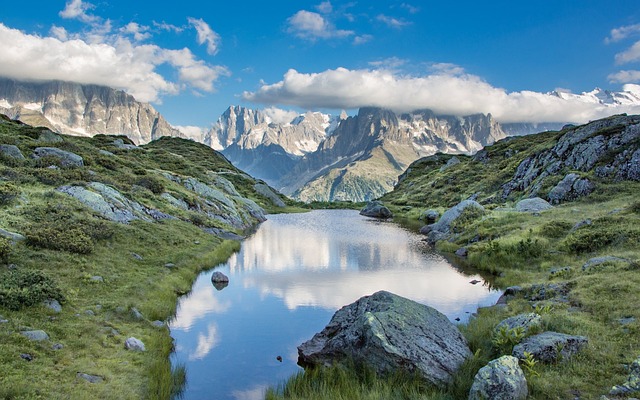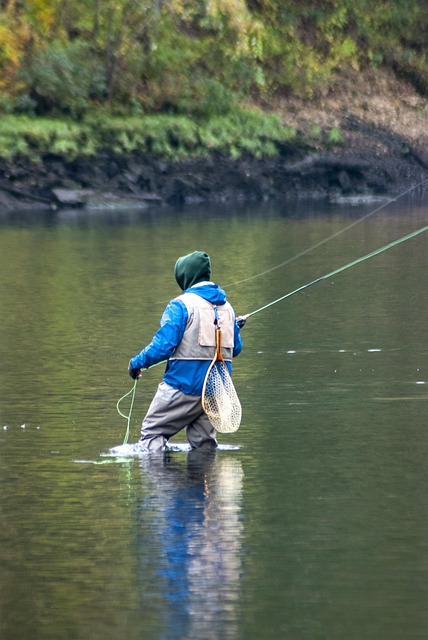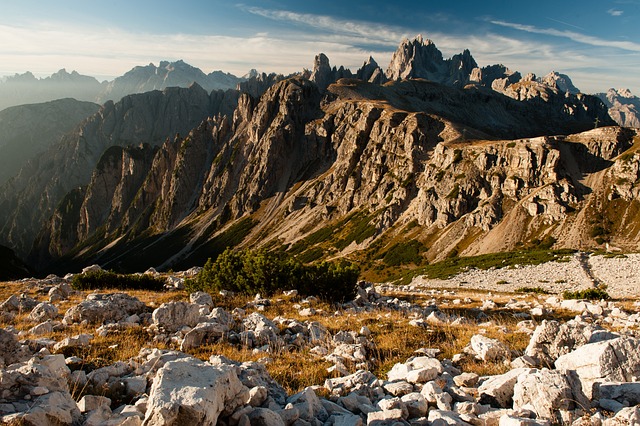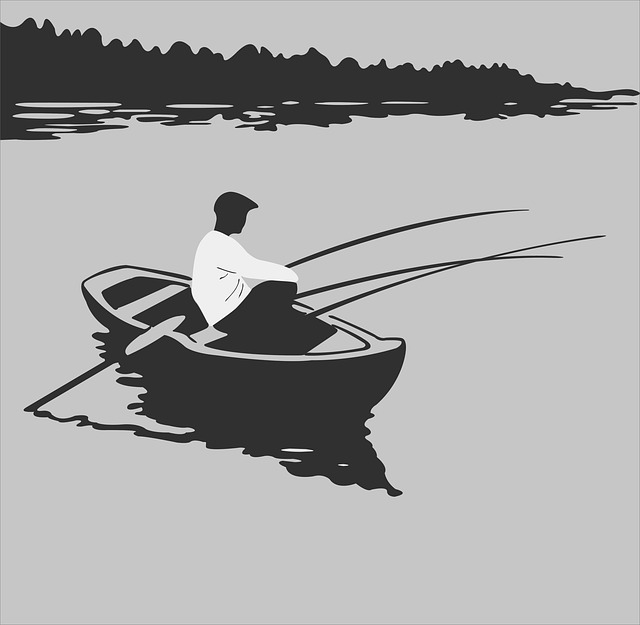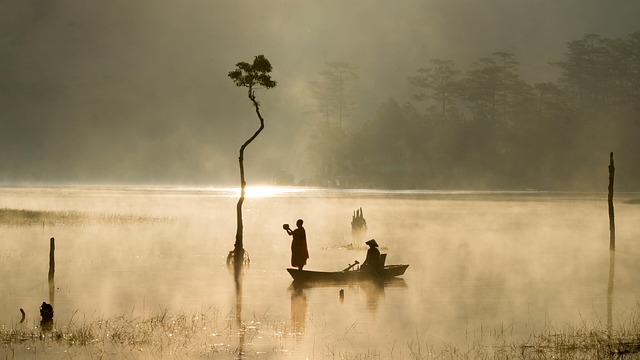Identifying prime fishing spots involves assessing physical characteristics like vegetation and water quality, understanding local fish populations, and considering seasonal shifts. These spots offer serene environments with diverse habitats, attracting various fish species. Clear, well-oxygenated waters and specific depth variations are key, while seasonal changes influence fish behavior, making spring and autumn ideal for bank fishing.
Uncover the best prime fishing locations worldwide with our comprehensive guide to bank fishing. From the lush riverbanks of the Amazon Rainforest to the serene shores of Lake Baikal, we explore global destinations that cater to enthusiasts seeking scenic spots. Learn key factors like natural beauty, water quality, and fish population to identify top sites. Discover local hidden gems and essential tips for successful expeditions, ensuring you find your perfect bank fishing haven.
- Identifying Prime Fishing Spots: Key Factors to Consider
- – Natural Beauty and Scenery
- – Water Quality and Depth Variations
- – Fish Population and Seasonality
Identifying Prime Fishing Spots: Key Factors to Consider

Identifying prime fishing spots involves considering several key factors. Firstly, understanding the terrain and its surrounding ecosystem is crucial. Look for bodies of water surrounded by lush vegetation or nestled in picturesque landscapes; these areas often attract a diverse range of fish species. The presence of cover, such as underwater plants, fallen trees, or rocky structures, provides shelter for fish, making them more likely to linger and feed.
Secondly, the quality and clarity of the water play a significant role. Clear waters indicate good oxygen levels and visibility, which are attractive to many fish types. Check for consistent water flow, as currents can guide fish closer to the shore, increasing your chances of a successful catch. Additionally, knowing the local fish population and their preferred habitats within the body of water will help you pinpoint the most promising locations for bank fishing.
– Natural Beauty and Scenery
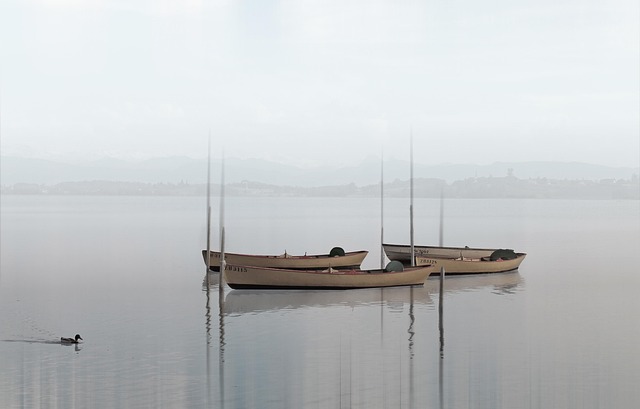
Immerse yourself in nature’s tranquility at prime fishing locations renowned for their breathtaking scenery and serene atmospheres. These spots offer more than just a chance to reel in a catch; they provide an experience steeped in natural beauty. Picture pristine lakes fringed by lush forests, winding rivers carving through majestic mountains, or tranquil streams meandering through verdant valleys. The visual allure is only matched by the serenity that envelops these prime fishing locations, creating an idyllic backdrop for anglers seeking not just fish but a respite from the hustle and bustle of daily life.
– Water Quality and Depth Variations

When it comes to bank fishing, water quality and depth variations play a pivotal role in identifying prime fishing locations. Clear and well-oxygenated waters are often teeming with life, making them ideal for anglers. These areas typically offer better visibility, allowing fish to be spotted more easily. Additionally, shallow waters can attract smaller fish that are easier targets, while deeper spots may harbor larger species.
Variations in depth provide diverse habitats, from weed beds and rocky shorelines to sandy bottoms. Each of these habitats attracts different types of fish, making them prime fishing locations for various techniques. Anglers can experiment with different baits and casting styles based on the specific conditions, enhancing their chances of a successful catch.
– Fish Population and Seasonality
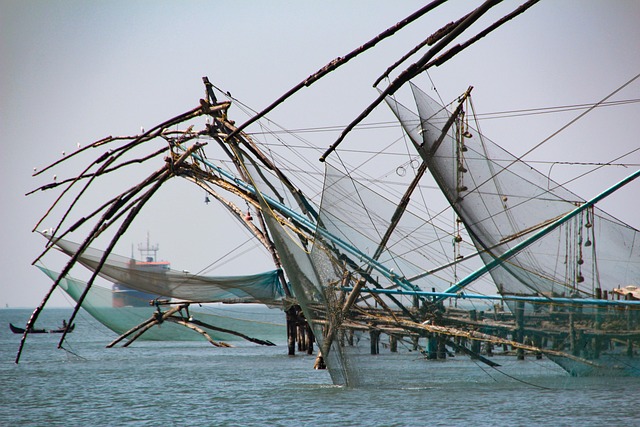
The health of any bank fishing spot is intrinsically linked to its fish population and seasonal variations. Prime fishing locations often boast diverse and abundant aquatic life due to clean, well-oxygenated waters and suitable habitats like vegetation, submerged structures, or river bends. These areas attract a wide range of species, from small panfish and catfish to larger game fish like bass and trout.
Seasonal changes play a significant role in influencing fish behavior and distribution. For instance, many freshwater fish migrate within the water body during different times of the year, seeking warmer or cooler waters for breeding, feeding, or shelter. Spring and autumn are often considered prime seasons for bank fishing as fish become more active and accessible. During these periods, anglers can expect to find larger concentrations of fish in shallow areas where they feed on smaller prey, making it easier to target them from the banks.
